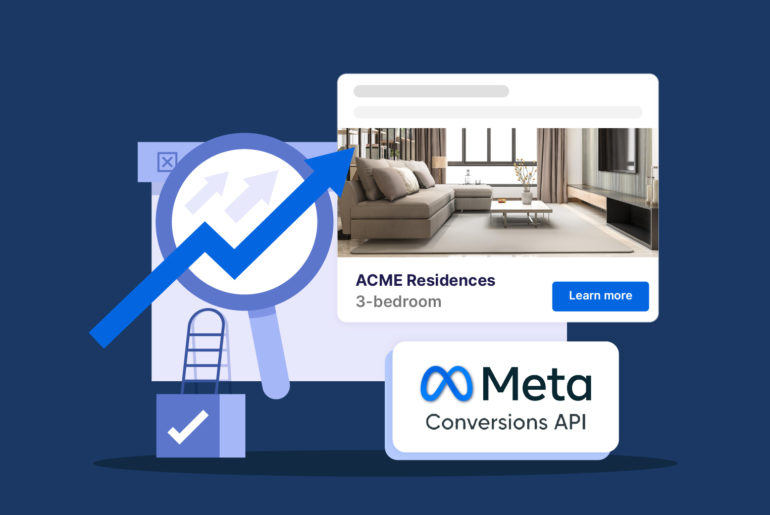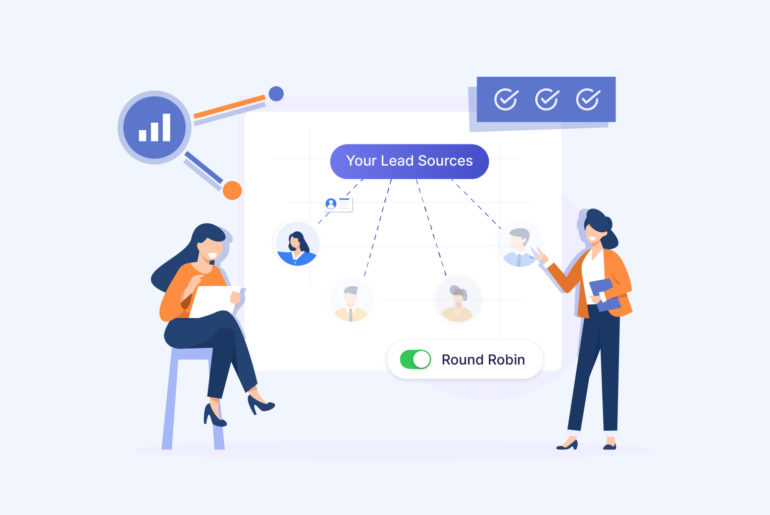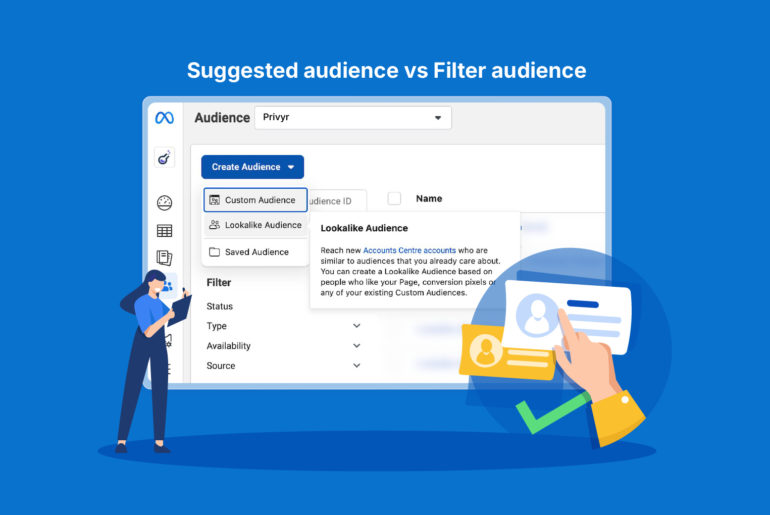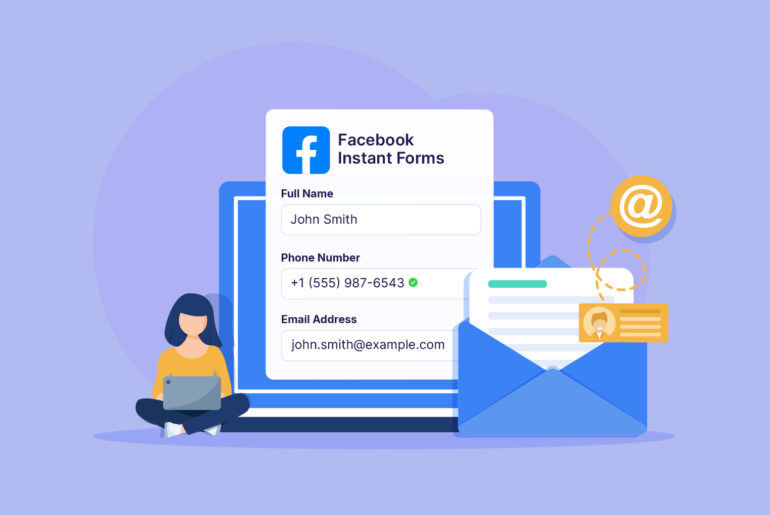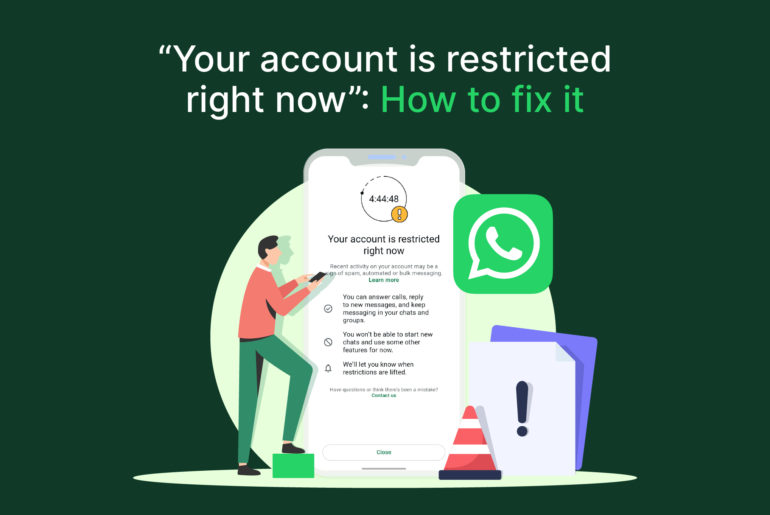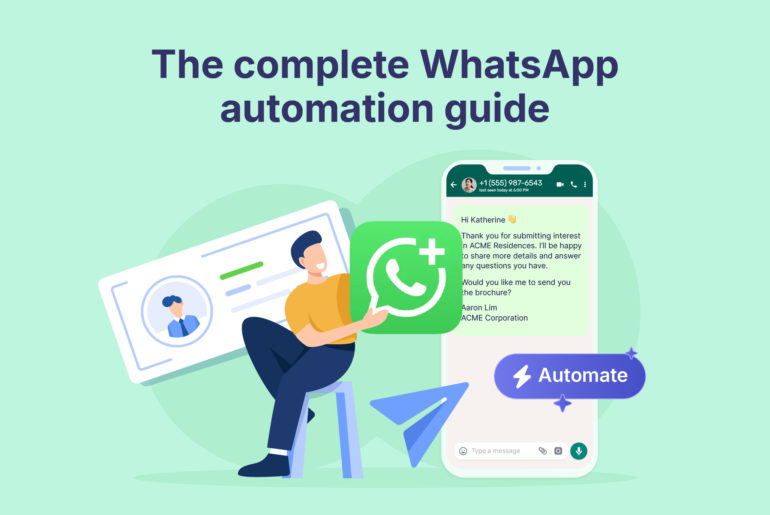Looking to list your business in Google but don’t know how to get started? Let us help you out!
Google is a great platform for you to connect with your local audience. Everyone uses it. It’s mostly free, and it offers countless opportunities to connect with your potential clients.
This guide will break down the steps on how to list your business on Google and start growing your customer base. But first, let’s talk about why a Google Business Profile matters.
Key takeaways:
- How to list your business on Google Business Profile
- How optimise your Google Business Profile
- How to link your website to Google Search Console
- Basics of Google Search Console
- How to turn Google visitors into leads
Suggested read: How CarTimes Automobile increased lead conversions by 30% with Privyr for Teams
Why list your automotive business on Google?
We all use Google to search for a range of things. Cars are definitely one of them. With over 90% of overall online searches, Google is the platform you want to showcase your business on. The platform is more essential if your target customers are locally based since it prioritises local results for searches made locally. For instance, if someone searches for car dealers in your location, the platform shows local service providers first.
Furthermore, connecting your site with Google and listing your business online has SEO benefits. Apart from appearing on local searches, you also have a chance to appear in front of your target audience through keywords that they may search for. For instance, other than searching for “car dealers near me” on Google, your potential customers might also search for things like “Why did my car air conditioner suddenly stop working?” or “My diesel car won’t start in January” or “When should I change my SUV tires.” If you publish articles on your blog addressing such issues, people may find them on their search results pages and find opportunities to connect with you.
If you don’t list your business on Google, you may lose SEO benefits due to a lack of online visibility. Without a Google presence, potential customers who use Google to find products or services might not find your business, leading to missed opportunities.
Step 1 How to create a Google account
The first step to connecting your business with Google is creating a Google account. You probably already have a Gmail account, which you can use to create a Google profile. If you don’t have one, sign up at accounts.google.com. Use a dedicated business email to easily view and manage your business communications and tools, keeping them separate from your personal Gmail.
Once your account is set up, you can proceed to list your business on Google. The next step involves setting up your Google Business Profile, where you will enter all your business details.
Setting up your Google Business Profile
A Google Business Profile ensures the visibility of your business on Google Search and Google Maps. This profile will display your business information on searches and maps, making it easier for your potential customers to find you.
To create your Google Business Profile, go to google.com/business and sign in using your Google account. You’ll need to enter your business details and follow the steps on screen to complete your profile.
Entering your business information
- Add your business name, address, phone number, website URL, and business hours.
- Add additional information such as location, contact details, business hours, and customer reviews.
- Add your website URL and phone number.
- Make sure that your business name, address, and phone number are identical across all platforms (social media, website, etc.).
- Enter your physical address and place a marker on the map. Make sure the marker is placed correctly on the map, especially if you have a physical location that clients can visit. This is to ensure they’ll have a smooth experience when using Google Maps to navigate to your store or showroom.
Choosing your business category
- Choosing the right business category helps Google match your business to highly relevant searches.
- Before selecting the category for your Google Business Profile, review Google’s Guidelines.
- Add your category (Automotive), or conduct competitor research to see how they categorised themselves.
Verifying your business
Verifying your business is not mandatory for a Google Business Profile but it’s important for trust and visibility. Verification is also crucial for getting your business’s physical address confirmed by Google. Businesses that complete the verification process are viewed as more trustworthy and are more likely to rank higher in search results.
Google usually verifies local businesses through postcards. You’ll typically receive a postcard within 14 days of applying at your physical address. It contains a unique verification code which you’ll need to enter on your Google Business Profile to complete the verification process. Alternative verification options like phone, email, and video may be available, depending on specific criteria set by Google.
Optimising your Google Business Profile
While Google Business Profile is a great thing to have, simply creating a profile isn’t enough to maximise its benefits. You should optimise your profile so it clearly communicates your business and services to your potential customers. Optimised profiles have even greater visibility, and customers tend to engage with them more. Luckily, optimising your profile doesn’t require a complex strategy. You can do it by ensuring your profile has all the right elements, including:
- High-quality images: Clear, high-quality images demonstrate your professionalism, and also attract potential customers. Use high-quality images to enhance your visitor’s understanding of what you offer. Moreover, consider incorporating relevant keywords into image descriptions to further optimise your profile for search engines and local SEO.
- Complete business description: A complete and compelling business description can improve your profile’s chances of appearing in relevant searches. It also showcases unique aspects of your business, helping customers understand if you’re the right fit for them. When adding your business description, highlight what makes your business special with relevant keywords in a natural way to improve your ranking without appearing spammy.
- Customer reviews: Ratings and customer reviews can significantly affect the buying decision of a potential customer. Businesses with higher ratings are not only trustworthy – they also have a better chance of appearing in local searches. Therefore, once your Google Business Profile is ready, proactively seek for customer feedback. Also, ensure you’re responding to each review. Being engaged can help further boost your business’s visibility on Google. Thank customers for sharing their experience if the review is positive. And if you’re dealing with a negative review, acknowledge the customer’s issue, thank them, and if applicable, offer a solution.
- Regular profile update: Regular updates keep your business relevant. Always update your profile with latest information and any business update, such as deals and promotions. For instance, if you’re offering seasonal deals, add the pictures of the offers on your Google Business Profile under “Updates”, and / or replace your regular links with links to landing pages that promote those deals.
As an automotive dealer, you may also want to showcase special attributes that help differentiate your business from your competitors. Special attributes may include free Wi-Fi, wheelchair accessibility, and appointment booking. To edit your special attributes, visit the dashboard, click Edit profile, and find the options in the More section.
Linking your website to Google
A Google Business Profile is great for local searches and queries related to your business in your area. However, remember that not all customers search the same way. Automotive customers often look up issues related to their cars online. While they may not be ready to make a purchase immediately, sharing helpful guides and informative posts keeps your brand and business on the top of their minds when they are.
To attract this audience, you need to appear in the search results pages that are related to the problems they’re trying to solve. That requires an SEO strategy, starting with linking your website to Google. Google Search Console is the most effective tool for directly communicating with Google about your site’s indexing status, thus strengthening your SEO efforts.
Linking your website to Google Search Console
Picture this: your Google Business Profile is set up, and you’re using your website as a marketing tool to connect with potential customers, promoting deals and offers through targeted landing pages. Now, you want to be discovered through keywords beyond just local searches like “car dealers near me” or “automotive dealers in Orange County.” You want to reach customers who may be interested in your business in the coming days, based on the problems they may be facing today. To do that, you need to publish regular posts that address their problems related to cars. And to understand what they’re looking for, what’s working, and how to improve your strategy, it’s essential to connect your site to Google Search Console.
Here’s a step-by-step guide to link your website to Google Search Console:
- Visit search.google.com/search-console
- Click on “Start Now”
- Log in with your Google account.
- Add a Property:
- You’ll be asked to choose between two options:
- Domain: (Recommended if you own the whole domain)
- URL Prefix: (for a specific URL)
- Enter your website URL. For example, https://www.yourwebsite.com
- You’ll be asked to choose between two options:
- Verify Ownership:
- For domain verification, add a DNS record to your domain’s DNS settings (your domain provider will have a panel for this).
- URL Prefix verification is the easier option to verify your domain. You can verify using one of the following:
- Upload an HTML file to your website.
- Add an HTML meta tag to your homepage.
- Use your Google Analytics or Google Tag Manager account
- Submit Sitemap:
- Once verified, go to the Sitemaps section in Search Console.
- Submit your website’s sitemap
- If you have a WordPress website, plugins like Yoast SEO automatically generate a sitemap for you.
Once your website is connected to Google Search Console, you can inspect the performance section to analyse the search terms people use to find your site, the amount of organic clicks you’re getting, and where your pages rank. The Pages and Coverage section makes sure all your important pages are found and shown by Google. Submit a sitemap if you want to help Google better understand your site. Check the Page Experience report to find out if your page is fast, easy to use, and mobile friendly.
How to turn Google visitors into leads
Your website or Google Business Profile visitors only become leads when they reach out to you or provide you with a way to contact them. Turning visitors into leads is important for your business.
While your Business Profile will display your contact information for people to reach out to you, you also need a system to capture their contact information if they land on your website. Even for Google Business Profile, you may want to employ attractive methods of capturing leads.
Turning visitors into leads starts with making it easy for them to get in touch with you. Here are a few ways to do it:
- Add lead capture forms across your website, especially on important pages like your homepage, contact page, blog posts, landing pages, or service details. You can easily create a form and add it to your website by using free online lead capture forms.
- On your Google Business Profile, ensure your contact details are up-to-date and that you have enabled messaging. Additionally, use attractive call-to-action buttons like “Get a Quote,” “Call Now,” or “Book an Appointment.” Consider adding links that take people to your website or a landing page with a lead capture form.
- Add chatbots that can assist visitors outside of your business hours.
- Add pop-ups with time-sensitive offers and booking forms.
Looking to convert more automotive leads into customers? Here’s how to boost your conversions with an automotive CRM.
Conclusion
Google is a great platform to promote your automotive business, but listing your business on the platform in itself doesn’t guarantee visits from your potential customers. To stand out, you’ll need to continuously optimise your profile and SEO activities to improve your visibility.
Here’s a quick tip from us: start by clearly defining your target audience. Are you targeting first-time buyers, family-focused individuals, or someone who loves upgrading to a new car every couple of years? Once you identify your core customer base, all your marketing efforts should be tailored to resonate with that audience.

